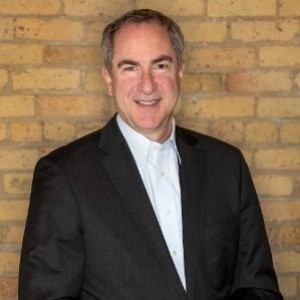- Video Library
- Henry (Chip) Appelbaum Presents Novian Health at LSI USA '23
Henry (Chip) Appelbaum Presents Novian Health at LSI USA '23

Chip Appelbaum
Mr. Appelbaum has more than 25 years of life sciences & biotech experience, including business development, marketing, sales, and management. He was appointed President & CEO of Novian Health in 2005 and has led the development of an image-guided, laser ablation therapy for treating tumors. He has successfully raised over $20 million and led the development of Novian’s manufacturing operations.
Previously, Chip spent five years as Vice President of Corporate Development at Source Precision Medicine, a molecular diagnostics startup he helped found and nine years at Amgen where he managed the business development department and then led the Infergen® launch team. Prior to Amgen, he served in a technology transfer role at Argonne National Laboratory and conducted contract research at Battelle. He holds an MBA from the University of Chicago and an S.M. in Chemical Engineering from MIT.
Chip Appelbaum
Mr. Appelbaum has more than 25 years of life sciences & biotech experience, including business development, marketing, sales, and management. He was appointed President & CEO of Novian Health in 2005 and has led the development of an image-guided, laser ablation therapy for treating tumors. He has successfully raised over $20 million and led the development of Novian’s manufacturing operations.
Previously, Chip spent five years as Vice President of Corporate Development at Source Precision Medicine, a molecular diagnostics startup he helped found and nine years at Amgen where he managed the business development department and then led the Infergen® launch team. Prior to Amgen, he served in a technology transfer role at Argonne National Laboratory and conducted contract research at Battelle. He holds an MBA from the University of Chicago and an S.M. in Chemical Engineering from MIT.

17011 Beach Blvd, Suite 500 Huntington Beach, CA 92647
714-847-3540© 2025 Life Science Intelligence, Inc., All Rights Reserved. | Privacy Policy







